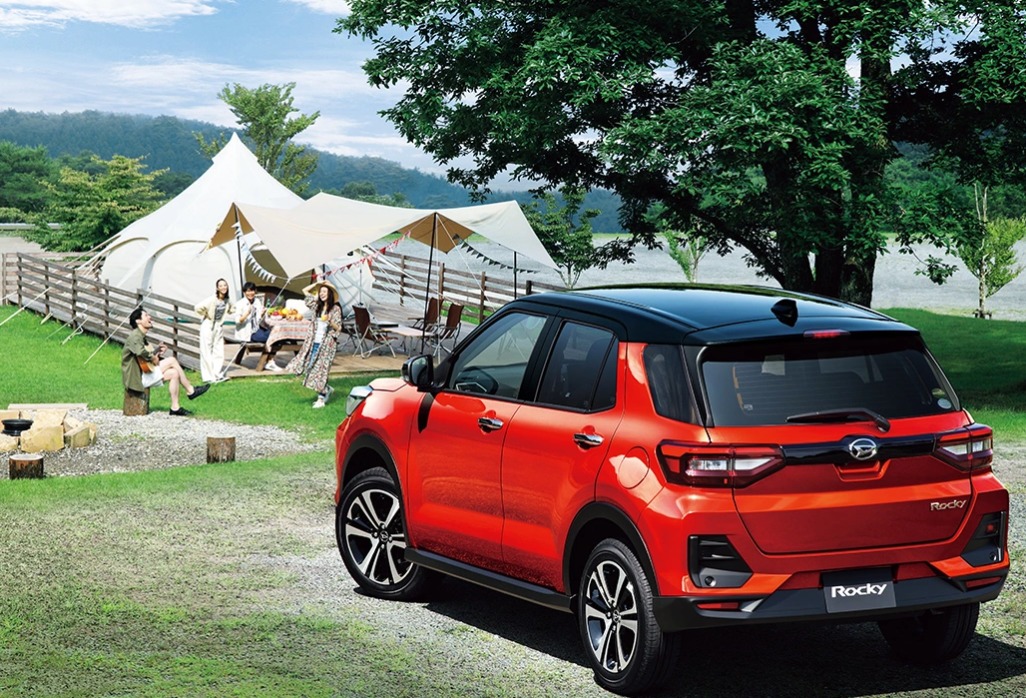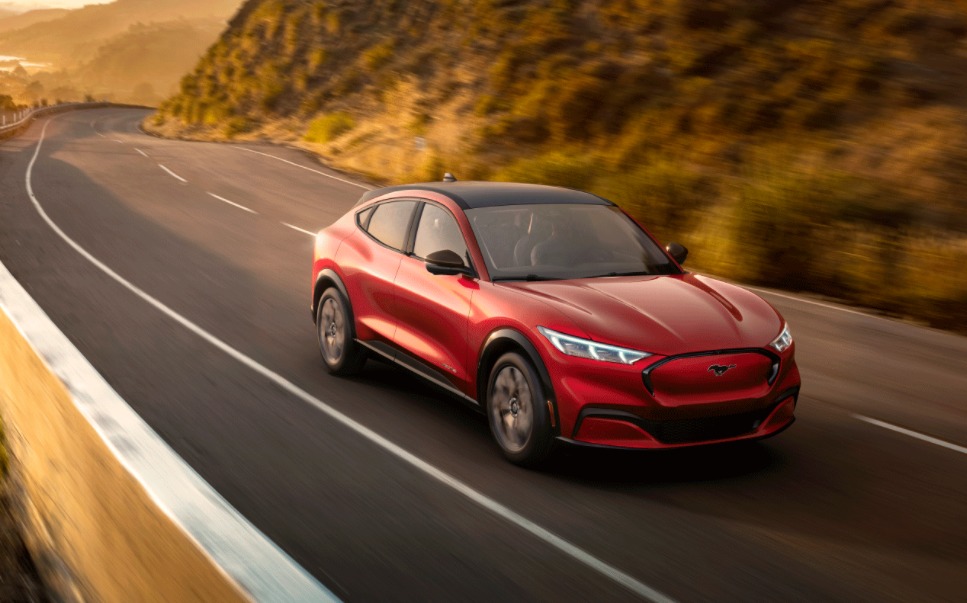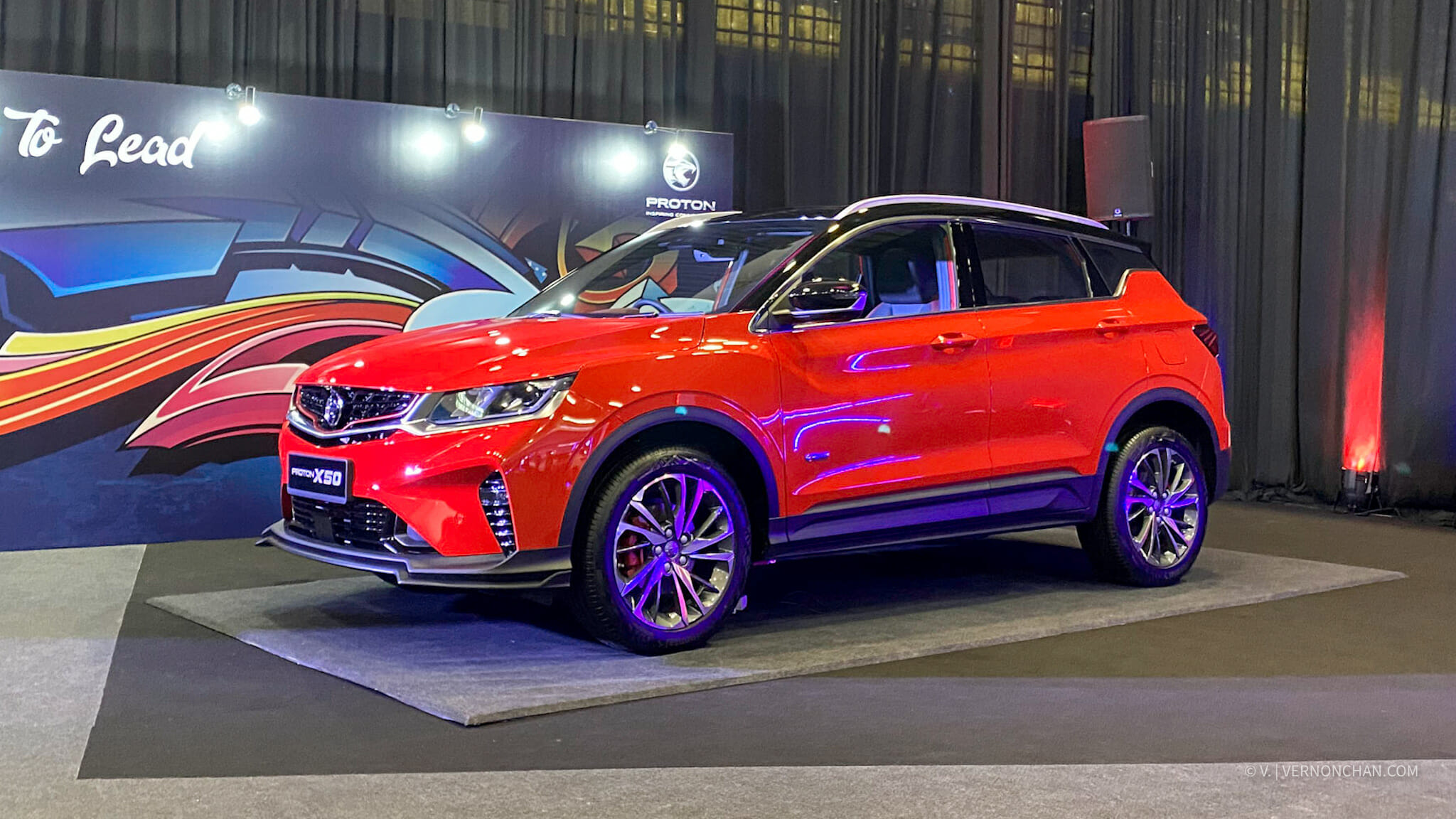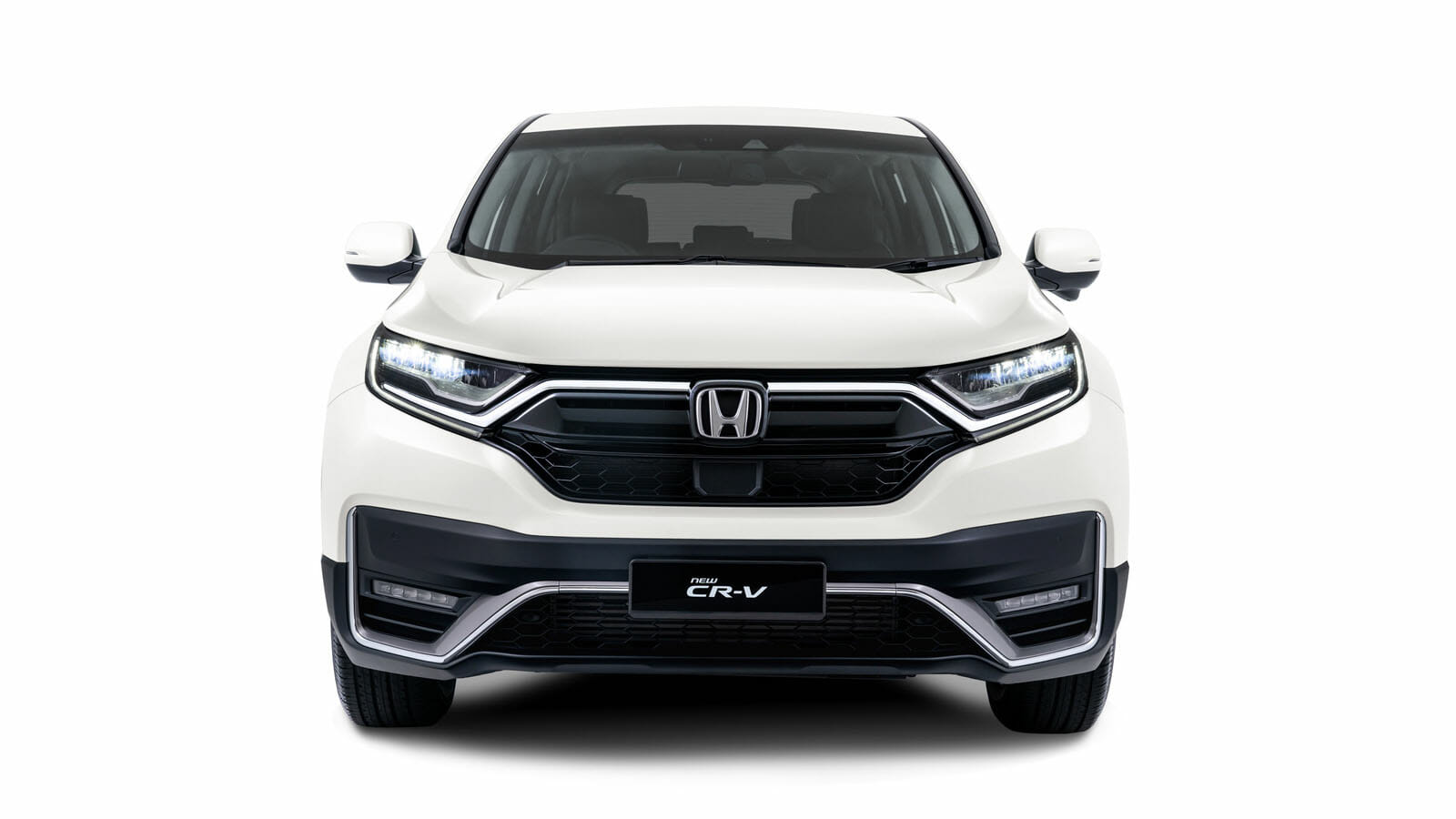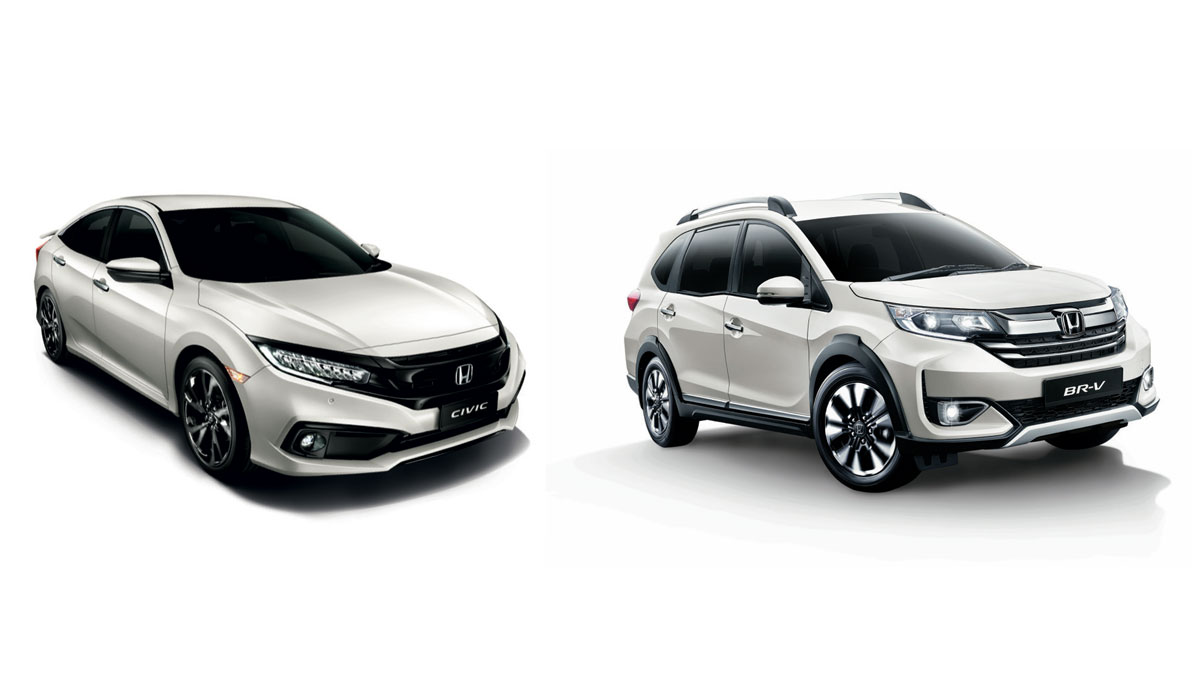The latest generation Myvi is jam packed with cool features, technological gizmos and a snazzy new design. Their Advanced Safety Assist (ASA) system is the cherry on top of all the other goodies that this B-segment vehicle offers.
The Perodua Myvi now comes equipped with the Advanced Safety Assist (ASA). This is a safety suite that consists of Pre-Collision Warning (PCW), Pre-Collision Braking (PCB), Front Departure Alert (FDA) and Pedal Misoperation Control (PMC).
All of the features above are reserved for the range topping Myvi 1.5 Advance and uses a forward-facing stereo camera located at the top of the windscreen. The 1.5 Advance is priced at MYR55,300 on the road excluding insurance. So, how does these features function and how does it benefit the driver? Here is a drill down of ASA.
Pre-Collision Braking (PCB)
This feature currently works in two different stages. The first stage is when the car does soft braking 1.3 seconds before a crash is imminent, and the second is when the car does hard braking just 0.8 seconds before a crash. Of course, this may sound rather complicated on paper. But in real life however, you’ll only feel one violent stop. Perodua stated that the feature can only work at speeds of up to 30kmph.
But, upon a short test drive at launch, a Perodua salesman stated that the feature can work up to three times before having to reset. Basically, after three autonomous emergency braking (AEB) sequences, one would have to restart the car say once you get in and start it up again before the feature can be used again.
Pre-Collision Warning (PCW)
The PCW uses the same forward-facing stereo cameras to detect objects in front of the car. If it senses an obstruction in front and if the driver doesn’t respond immediately, the car will send a warning buzzer to notify the driver of a possible obstruction in front and save both parties from any minor damage. Again, this feature works under the speeds of 30kmph.
Front Departure Alert (FDA)
In traffic situations, the FDA will alert the driver when the car in front has begun moving after 10 metres. This is pretty much useful to those who like to use their smartphones while driving. For example, if your car never had this feature and you’ve been engrossed with the messages or games on your smartphone, you would have been honked or flashed by the car behind you.
Pedal Misoperation Control (PMC)
This function will sense an obstruction in front of the car and will not allow the driver to accelerate to avoid a crash. If the driver still persists, the pedal can be pushed but to no avail. Or, even if you accidentally press the accelerator pedal, the car won’t move for the same reason and that is to avoid potential accidents and damages.
As I have stated in the PCB part, there are limitations. All of the features rely on the forward facing stereo cameras and even that has its downsides. The camera has a limited field of vision and must have at least 60% overlap for the ASA to work. Worst yet, if the weather conditions are poor (dense fog or rain), the functions won’t work.
Having said that, Perodua has really pushed the envelope of what’s possible in a sub MYR55,000 car. And thanks in part to the impressive ASA system, it’s earned its five stars from ASEAN NCAP, a first for the brand.
To its credit, Perodua has put itself several notches ahead of the competition, and that, my friends, is a benefit for consumers to enjoy.
Source: Perodua



